Home>Ideas and Tips>Home Winery Design Ideas DIY Wine-Making Spaces
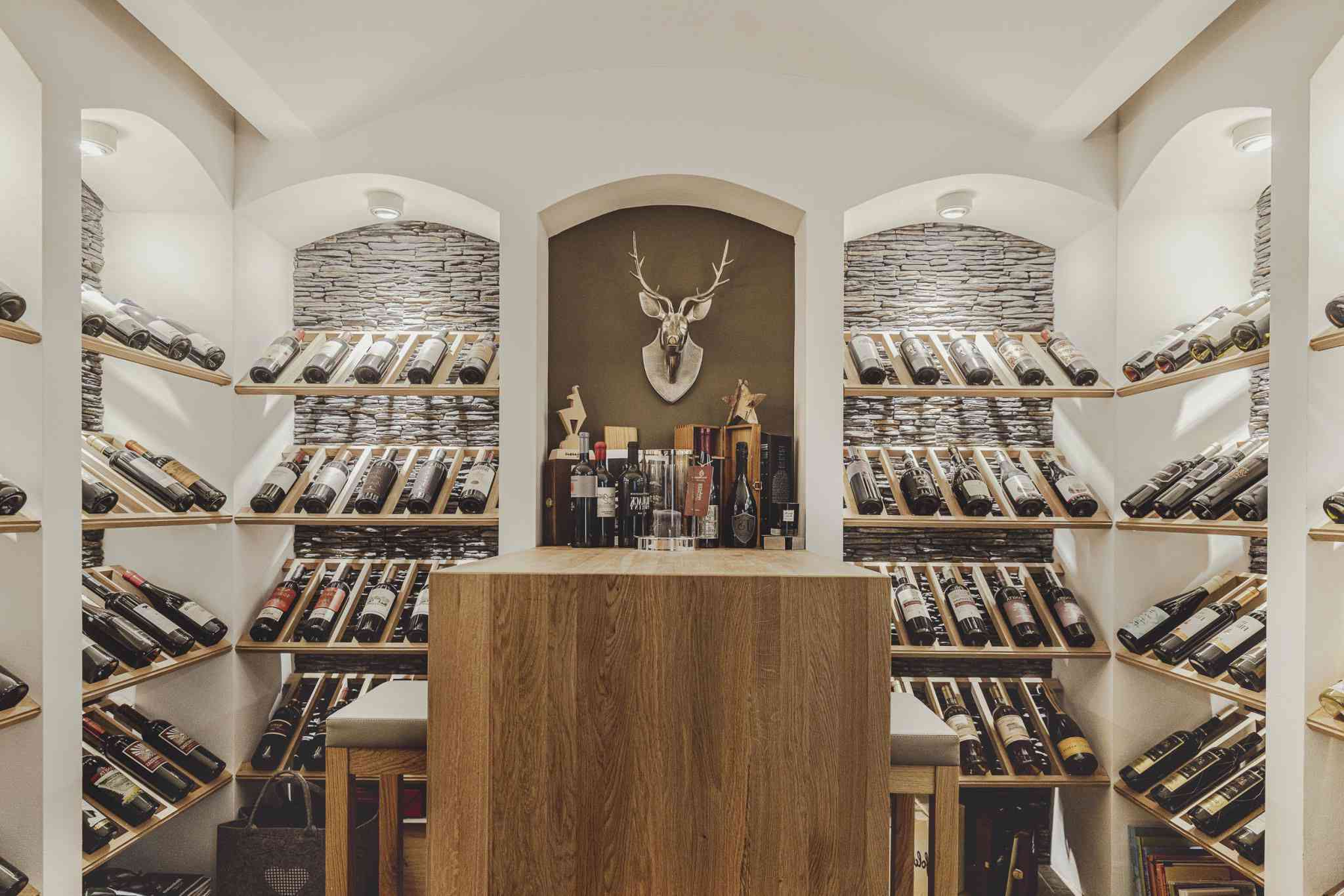

Ideas and Tips
Home Winery Design Ideas DIY Wine-Making Spaces
Modified: October 27, 2024
Discover essential design ideas and DIY tips for creating an efficient and enjoyable home winery. Perfect for wine enthusiasts of all levels!
(Many of the links in this article redirect to a specific reviewed product. Your purchase of these products through affiliate links helps to generate commission for Storables.com, at no extra cost. Learn more)
Creating a home winery is an exciting venture for any wine enthusiast, whether you're a seasoned hobbyist or just starting out. Designing a winery that is both functional and aesthetically pleasing requires careful consideration of several key elements. In this article, we will delve into the essential design ideas and DIY tips for creating an efficient and enjoyable home winery.
1. Planning Your Winery
Before you begin designing your winery, it's crucial to plan out the space thoroughly. Here are some key factors to consider:
1.1. Size and Location
The size of your winery will depend on the amount of wine you plan to make. If you're just starting out, a smaller space can be perfectly adequate. However, as your hobby evolves, you may find the need for more room. When choosing a location, consider factors such as natural light, temperature control, and proximity to your grape source or supply chain.
1.2. Needed Support Areas
Your winery should include several support areas such as storage for equipment and supplies, a space for grape handling, fermentation tanks, bulk aging areas, and bottling stations. Each of these areas requires specific design considerations to ensure smooth workflow and efficient use of space.
1.3. Functionality
Functionality is paramount in a winery. You need to ensure that each area is designed with the specific tasks in mind. For example, the fermentation area should be well-ventilated and equipped with temperature control systems to maintain optimal conditions for fermentation.
1.4. Electricity and Plumbing
Proper electrical and plumbing installations are essential for any winery. You'll need outlets for equipment like crushers and presses, as well as water supply lines for cleaning and sanitizing. Ensure that your electrical system can handle the power requirements of your equipment.
2. Designing the Layout
The layout of your winery is critical for efficiency and safety. Here are some tips for designing an effective layout:
2.1. Grape Handling Area
The grape handling area should be close to the fermentation tanks but not directly adjacent to the bottling station. This separation helps prevent contamination and ensures that each step in the process is done in a controlled environment.
2.2. Fermentation Area
The fermentation area should be well-ventilated and equipped with temperature control systems. This is where the magic happens – converting grape juice into wine through fermentation. Ensure that this area is large enough to accommodate multiple fermentation tanks without overcrowding.
2.3. Bulk Aging Area
Bulk aging involves storing wine in large tanks or barrels for extended periods. This area should be cool and dark to prevent oxidation and spoilage. It's also important to have easy access for racking (transferring wine from one container to another) and monitoring temperature.
2.4. Bottling Station
The bottling station should be clean and well-lit with easy access to bottles, corks, and other bottling supplies. It's also important to have a system for labeling and dating bottles.
3. Insulation and Temperature Control
Temperature control is crucial in a winery as it directly affects the quality of the wine. Here are some tips for maintaining optimal temperatures:
3.1. Insulation
High-quality insulation is essential for maintaining specific temperatures within the facility. Exterior wall insulation can help prevent temperature fluctuations that could ruin a batch of wine. Consider using rigid foam insulation for efficient cooling.
3.2. Cooling Units
For actively cooled cellars, using a cooling unit is recommended. These units can be installed in various configurations depending on your space constraints and cooling needs. Ensure that your cooling system is designed to handle the specific temperature requirements of your winery.
Read more: Make A Grand Entrance With Entryway Design
4. Flooring
Flooring in a winery is often overlooked but is critical for durability and sanitation:
4.1. Durability
The floors should be incredibly durable and able to withstand varying temperatures within the winery. They should also be made using non-porous, antimicrobial materials to create a more sanitary environment.
4.2. Moisture Resistance
Floors should offer corrosion and moisture resistance to help them last longer under heavy use with wine-making equipment. They should also be durable enough not to break or crack under heavy loads.
4.3. Easy Maintenance
Finally, floors should be easy for workers to clean and maintain on a regular basis. This includes being able to withstand cleaning solutions without damage.
Read more: How To Make Wooden Stairs
5. Drainage System
A floor drainage system is a critical part of any winery:
5.1. Slot Drain System
A great option for wineries is the Slot Drain System. This grateless drainage system is made from food-grade stainless steel and is FDA and USDA approved for food and beverage facilities. It comes pre-sloped and pre-assembled, making installation easy even for retrofitting existing spaces.
6. Additional Considerations
While designing your winery, there are several additional considerations you should keep in mind:
6.1. Security
Your wine collection is a special investment, so it's important to treat it with security measures. Installing a substantial lock on your winery door is the least you will want to do. You may also want to consider a security system for your home, including cameras at the front door or in the winery itself.
6.2. Lighting
Proper lighting is essential for visibility during various tasks within the winery. Consider installing LED lights that are energy-efficient and provide good illumination without generating excessive heat.
6.3. Ventilation
Good ventilation is crucial for removing CO2 produced during fermentation and preventing the buildup of ethyl acetate, which can give wine an unpleasant smell. Ensure that your ventilation system is designed to handle the specific needs of your winery.
7. DIY Tips for Building a Home Winery
If you're planning to build a home winery yourself, here are some DIY tips:
7.1. Choose Your Cellar Location Wisely
Wine cellars should be located in cool, dry areas of your home with no natural light, no vibrations, no unwanted smells, and a controlled temperature. Basements are often ideal locations due to their cooler temperatures and higher humidity levels compared to other parts of the house.
7.2. Use Thick Frame Walls
Using thick frame walls with gaps filled with rigid foam insulation can help keep the temperature stable within the cellar. This is especially important if you're planning to store wine at specific temperatures.
7.3. Install Electrical Outlets and Lights
Ensure that you have electrical outlets installed for equipment like crushers and presses. Proper lighting is also essential for visibility during various tasks within the winery.
7.4. Consider Floor Drainage
While installing a floor drainage system might require professional help initially, it's an essential feature for any winery to prevent spills from becoming major issues.
8. Case Study: Building a Home Winery
Let's take a look at how one hobbyist built their home winery:
Marty White and his wife moved from Southern California to Sonoma County in the early '90s with a dream of growing grapes and making wine. They found their perfect spot just west of Petaluma, where they built their winery with thick frame walls filled with rigid foam insulation for efficient cooling. The winery was designed with electrical outlets, lights, water supply lines (though they were not approved by the county), and floor drainage in mind.
For the first couple of harvests, Marty used a temporary plywood pad laid on a gravel driveway for crushing and pressing grapes outside the winery due to lack of indoor plumbing approval. However, this setup proved efficient enough for small batches initially.
As their operation grew, so did their need for more space. They expanded their original "tractor" room to accommodate six or seven red-wine fermenting bins while using an oil-filled space heater to keep malolactic fermentation proceeding above 65 °F (18 °C). For barrel aging, they used two hectoliter oak barrels placed end-to-end on blocks in the aisle between bottle storage racks in the cooled cellar.
Conclusion
Designing a home winery requires careful planning and attention to detail. From choosing the right location and layout to ensuring proper insulation, flooring, drainage systems, security measures, lighting, ventilation systems—and even considering DIY tips for building it yourself—each aspect plays a crucial role in creating an efficient and enjoyable space for making wine at home.
Whether you're just starting out or have years of experience under your belt, following these guidelines will help you create a winery that not only produces high-quality wines but also serves as a beautiful addition to your home.
By focusing on functionality while maintaining aesthetics, you'll be well on your way to creating a space where you can enjoy every step of the winemaking process—from grape handling to bottling—and savoring each glass of your hard-earned creation. Happy winemaking
Was this page helpful?
At Storables.com, we guarantee accurate and reliable information. Our content, validated by Expert Board Contributors, is crafted following stringent Editorial Policies. We're committed to providing you with well-researched, expert-backed insights for all your informational needs.


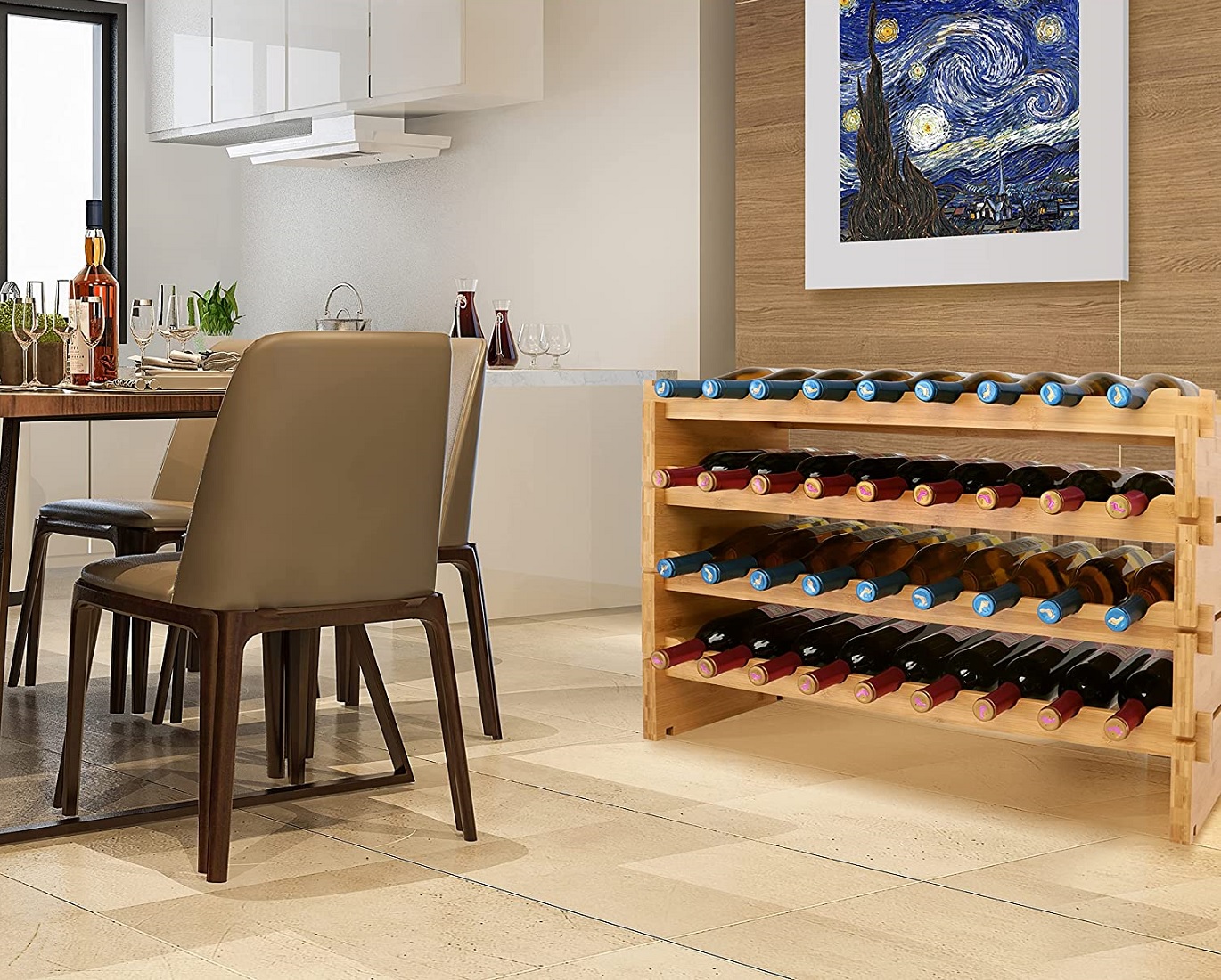
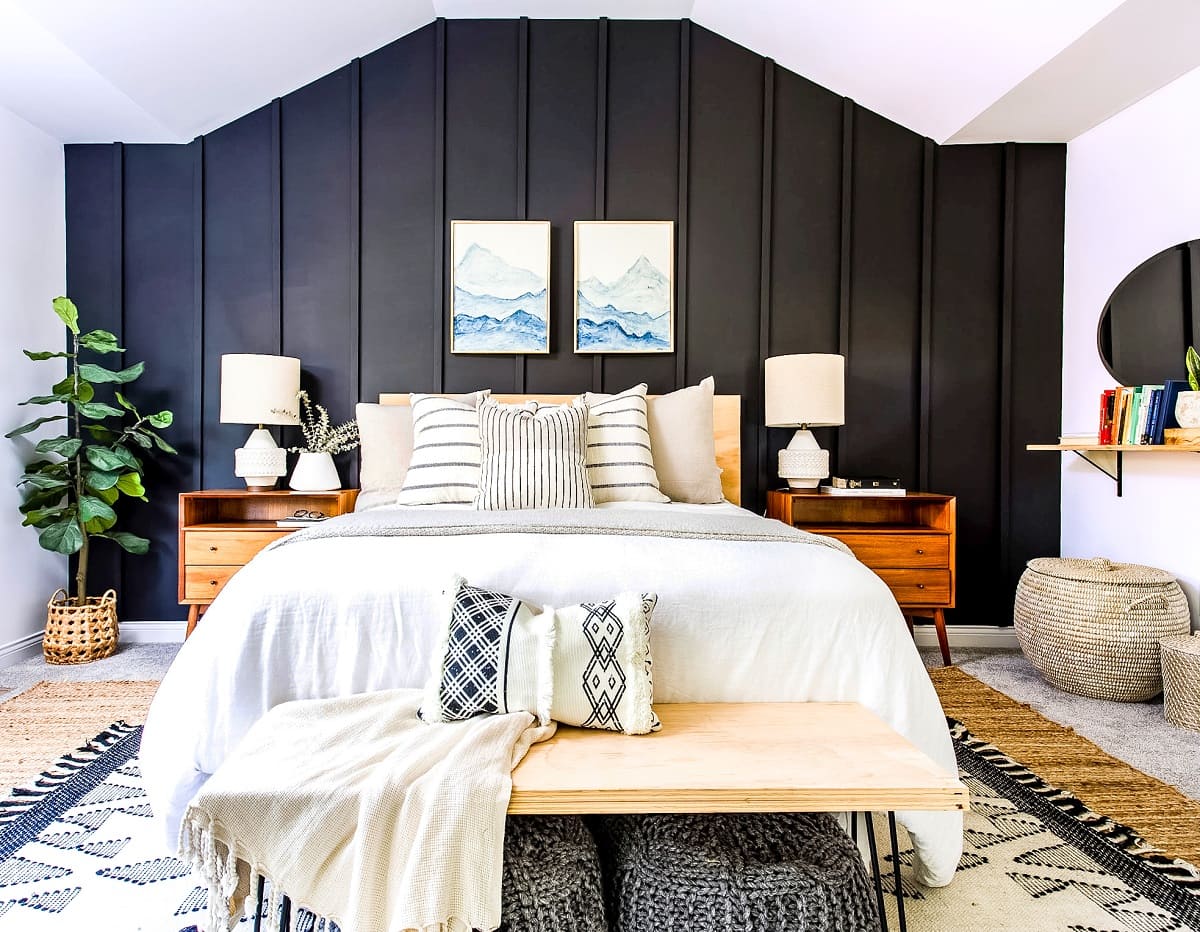
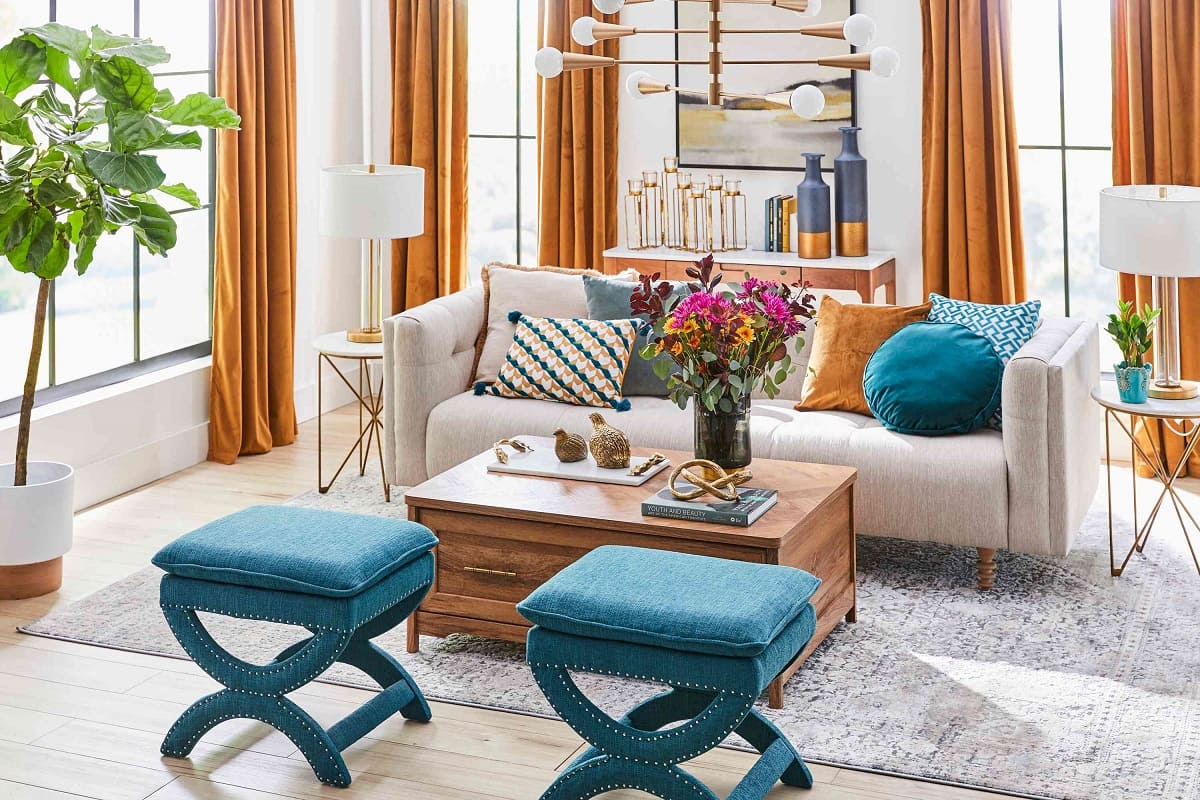
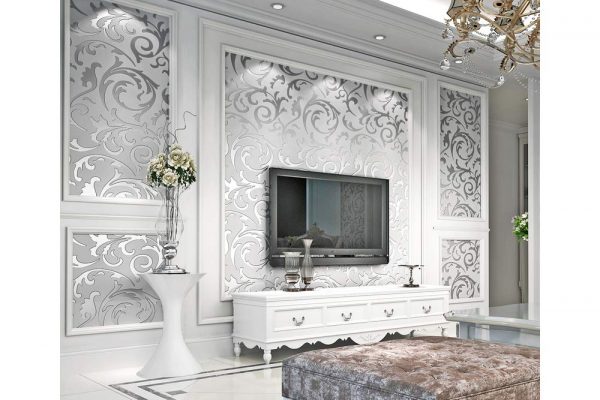
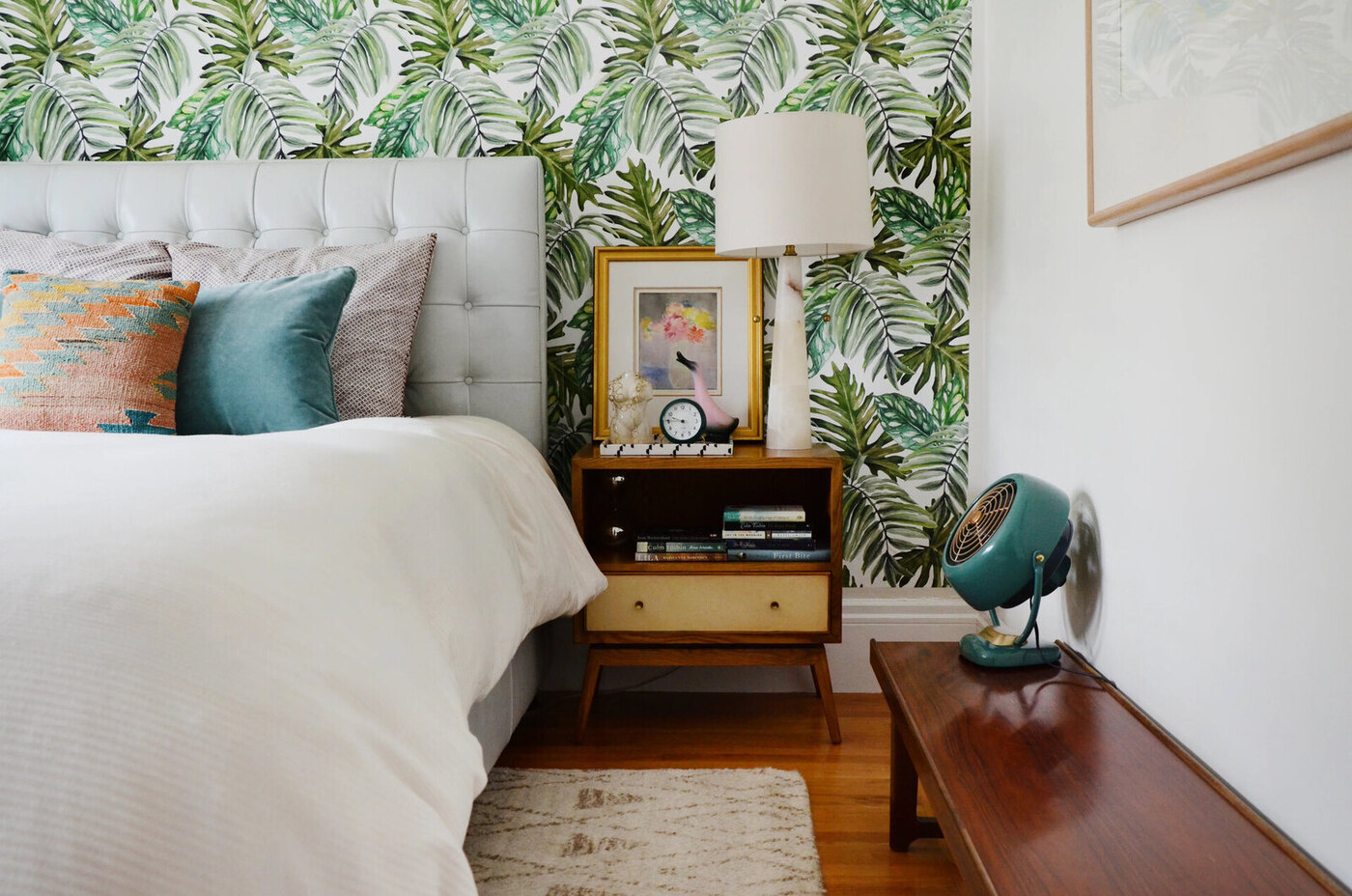
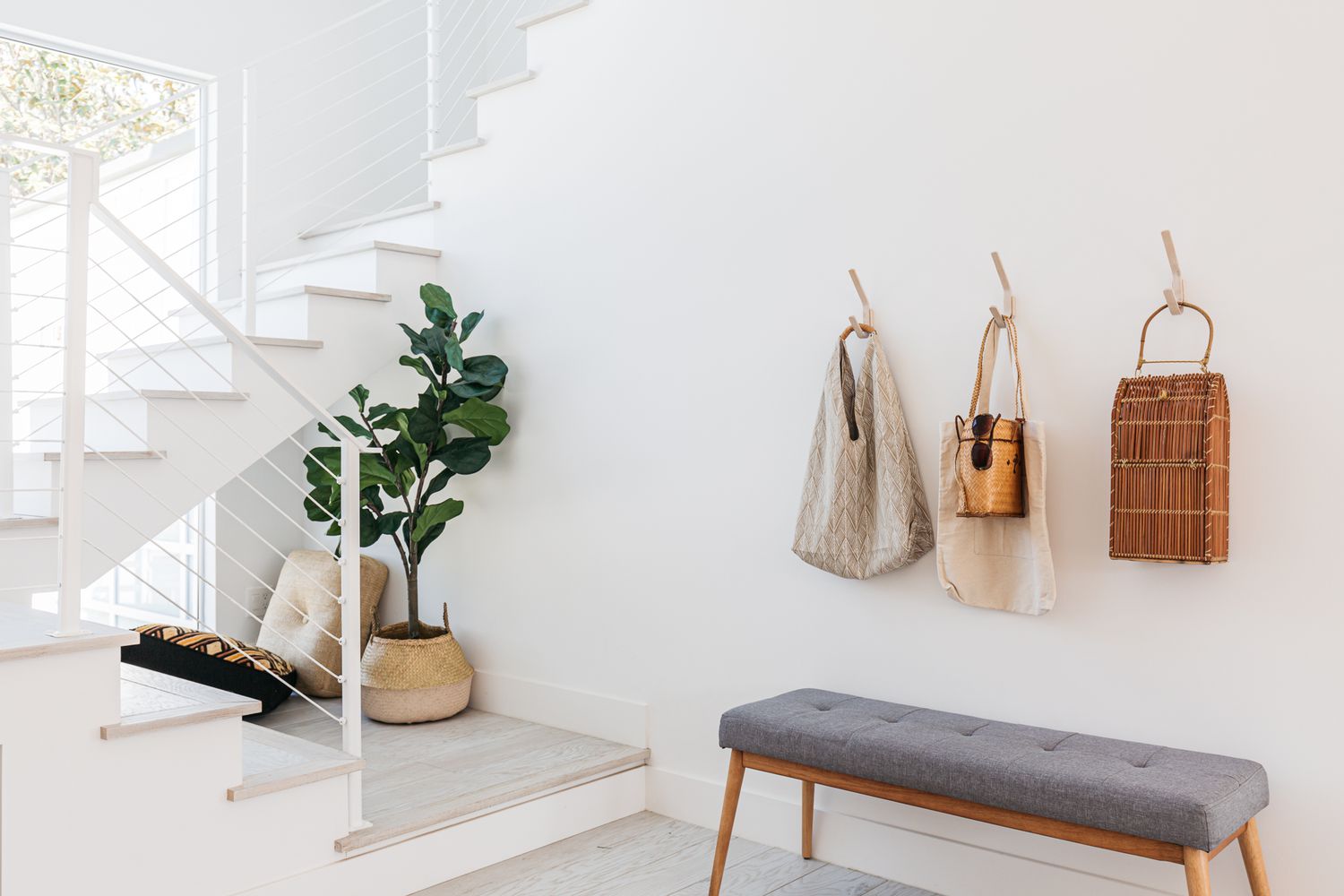

0 thoughts on “Home Winery Design Ideas DIY Wine-Making Spaces”